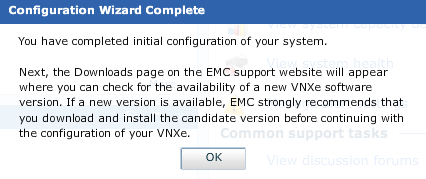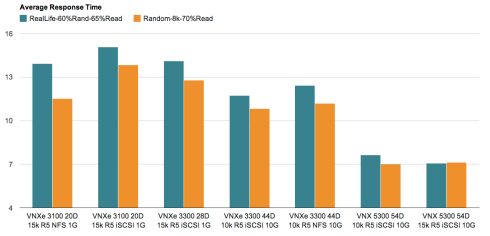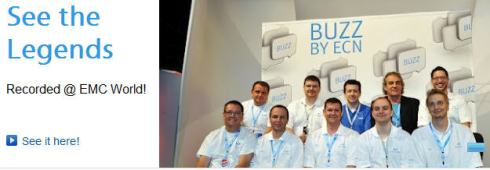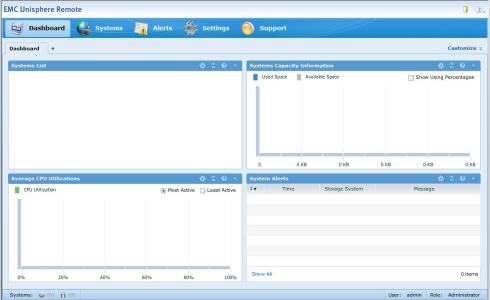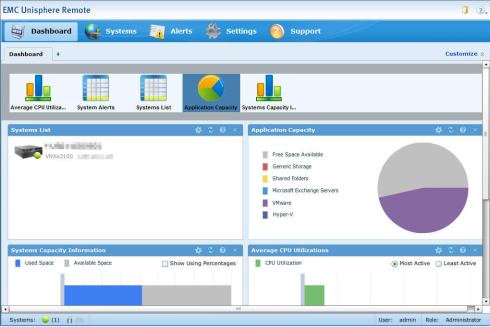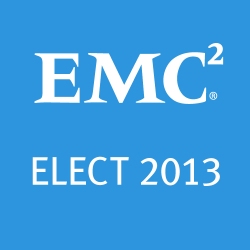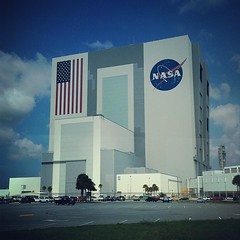Here I go again. About two years ago I started writing a series of blog posts about my hands-on experience with newly released VNXe 3300. At that time the VNXe 3300 was just released and there wasn’t that much documentation out there. So I did lots of testing and had to make my own “best practices”. The previous blog series is one of the reasons why I now have a chance to test and write about the VNXe 3200.
On June 10 Chad published this blog post: “Summer Gift Part 2 – 10 VNXe arrays free to play with for volunteers!”. I was surprised to find myself mentioned on the post and even more surprised to find out that one of the devices was reserved for me. So while I was on vacation last week the test unit arrived:
- VNXe 3200 – 2U Form Factor/12 Drive DPE
- 3.5” Drives
- 6 x 600GB 15K Pack
- 3 X 100GB eMLC Flash Drives (for FAST auto-tiering)
- 2 X 100GB eMLC Flash Drives (for FAST Cache)
- 9TB Raw Capacity
VNXe 3200 is basically a combination of the new VNX MCx multicore technology and the old VNXe OE/Unisphere. I won’t go through all the new features but there are a few worth mentioning:
- Multi-core RAID (MCR), Multi-core Cache (MCC), Multi-core Flash (MCF)
- “Active/Active” file
- Single container for block and file
- Linux-based platform
More details about the new features on EMC VNXe Series website.
Unboxing
Well not much to write about this: Install rack rails, lay DPE on those, connect cables and the VNXe was ready for configuration. However, this was something I hadn’t seen before with the previous VNXe:
Quick look in the installation documentation and it revealed to be a power adapter for the front LED-lights: 
Initial setup
There have been several new versions of the VNXe OE since my first VNXe blog post but the “Unisphere Configuration Wizard” still looks similar. Going through the wizard takes about 10 minutes but I skipped most of the configurations as usual. I prefer to upgrade the VNXe to the latest software version before I do any configurations to new devices. After the configuration wizard is completed you will get a popup and you will be directed to the EMC support website where the latest version can be downloaded.
Conclusions
Even though there is totally new hardware running under the hood Unisphere still looks and feels the same as on the latest software vesion on VNXe 3100/3150/3300. I still agree that VNXe is simple to install and configure. Of course I haven’t configured any storage pools or iscsi servers yet. I’ll cover those on the next posts. Also performance and some of the new features will be reviewed later.
Software version 2.0.3:
Software version 2.4.2:
Software version 3.0.1:


